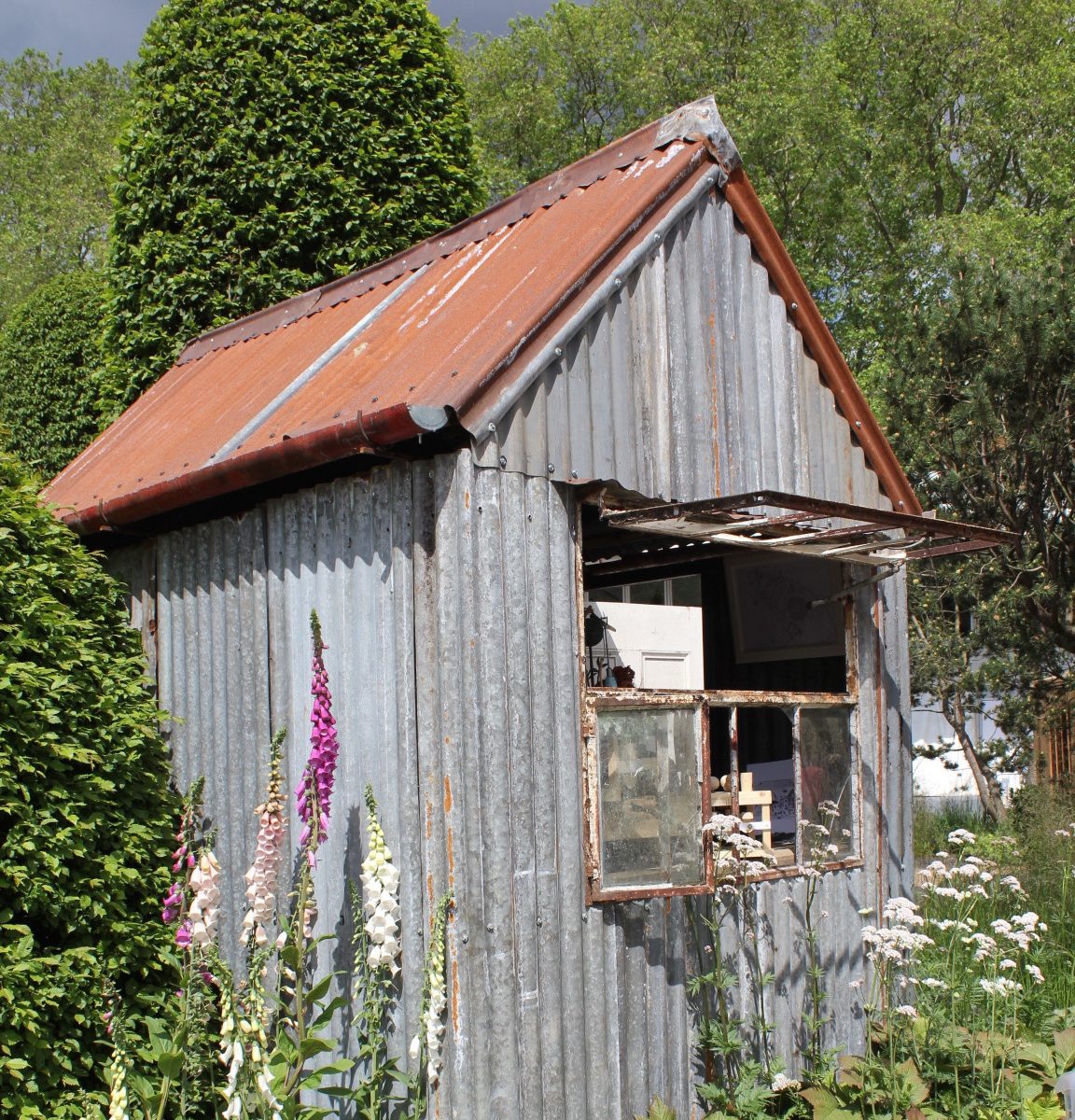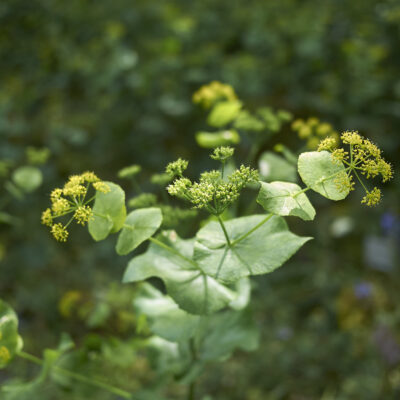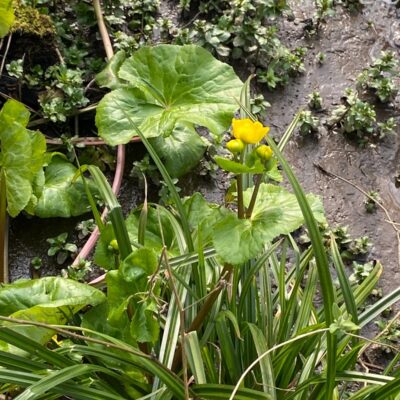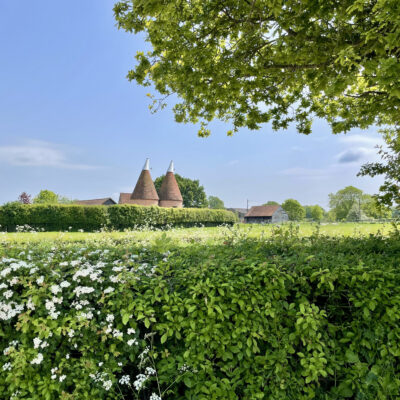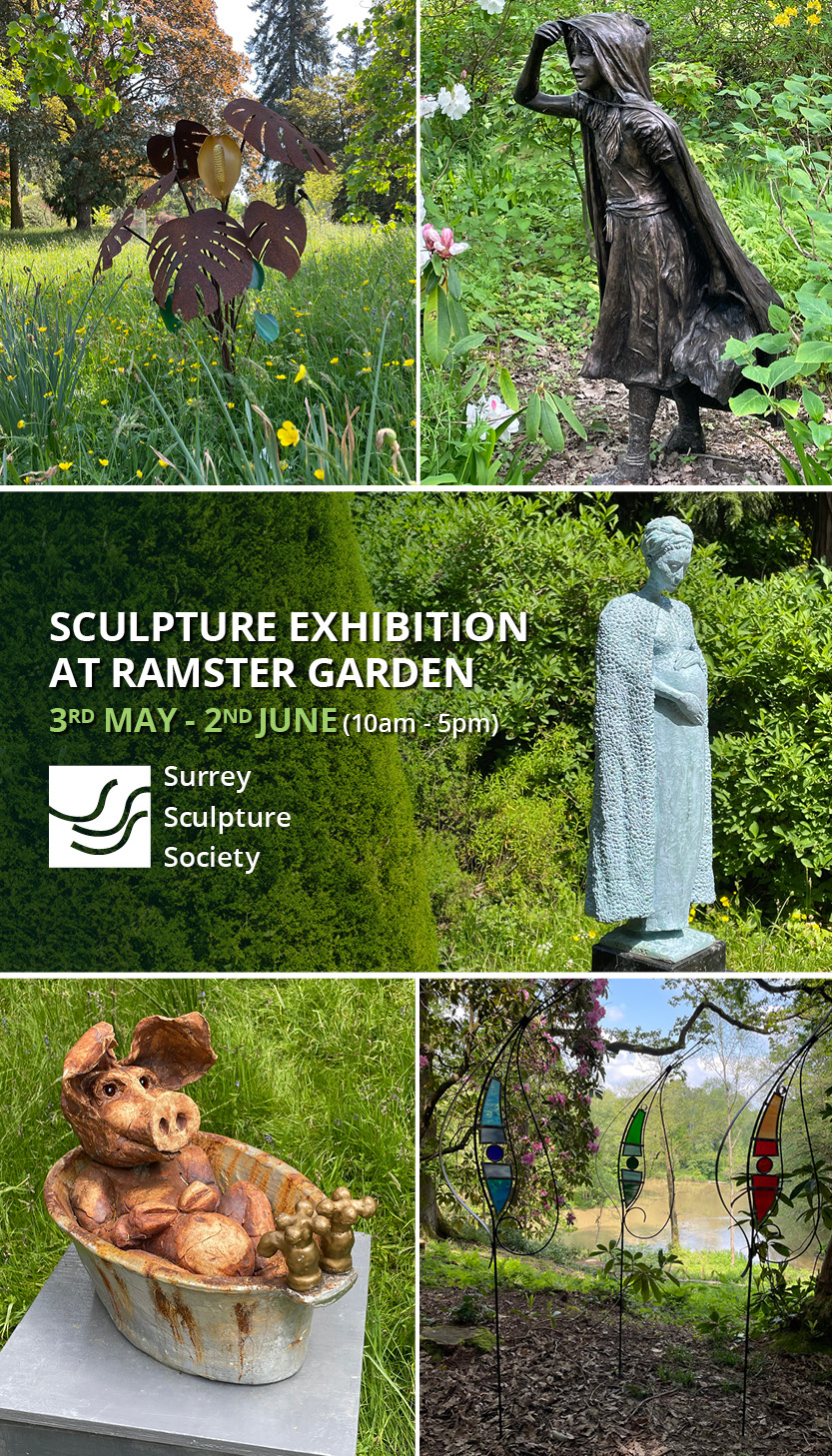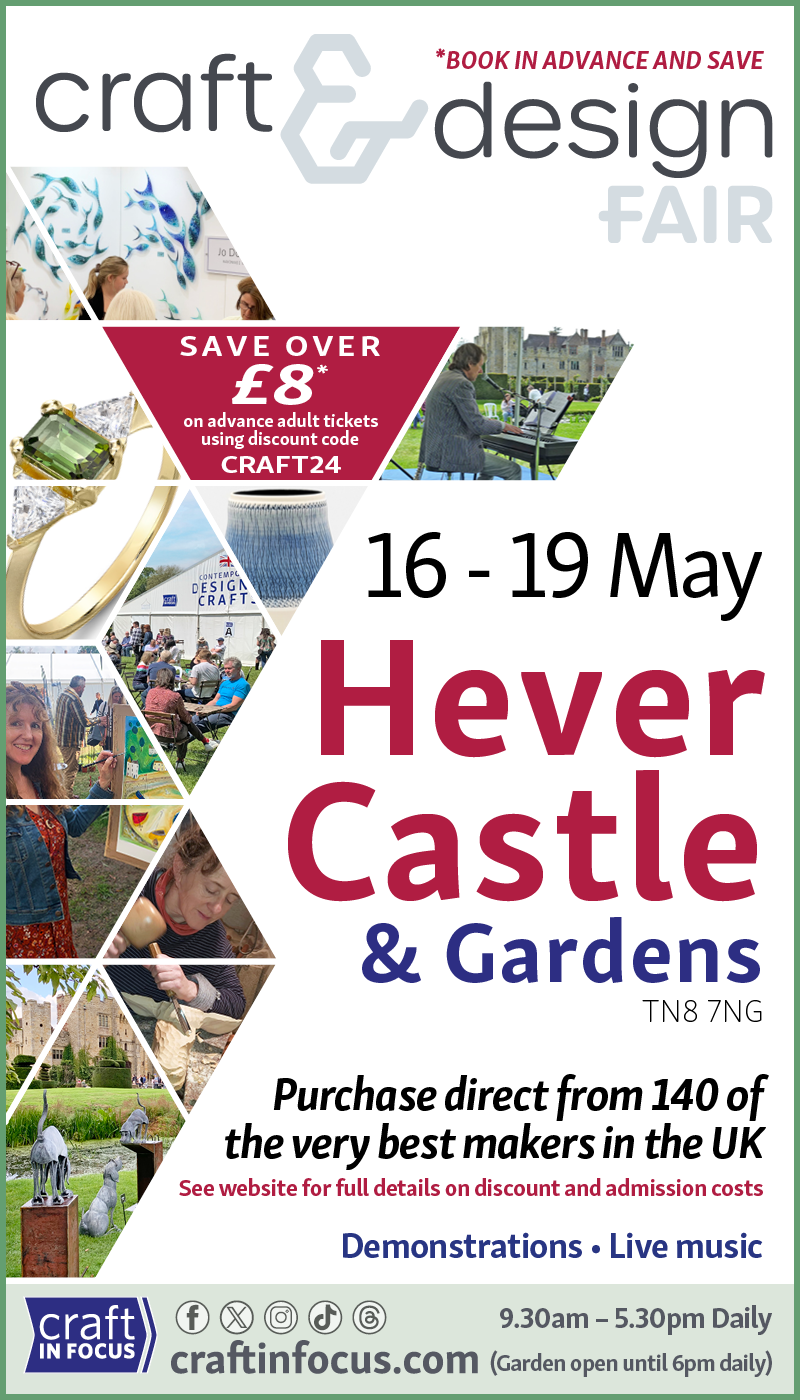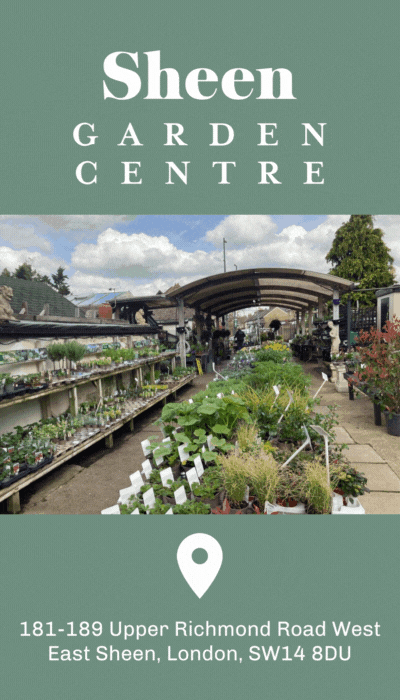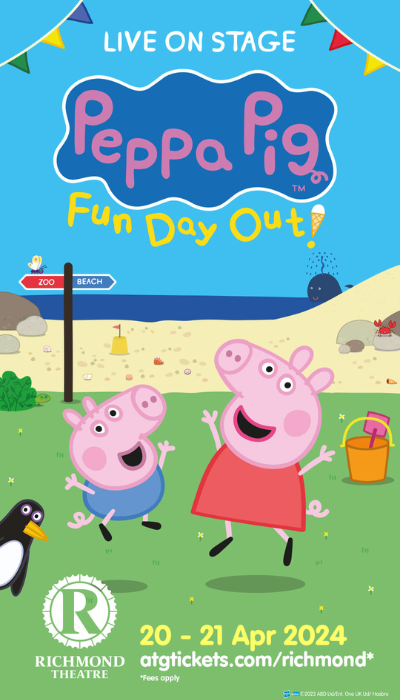“Annyauld-iern! annyauld… iern!” The scrap metal man would bellow from his horse-drawn cart, as he slowly trawled up our street collecting old water tanks, broken bedsteads and scrap metal. When I was little (in the nineteenth century, by the sound of this) I had no idea what he was shouting or why he wanted such things – the whole process was a dark mystery. I was an optimistically whimsical child, so it comes as no surprise to me now that salvage is so stylish and that scrap metal can have far more value than just its melted down price these days. And not just metal – lots of old household, agricultural and industrial objects have value and can be used to good effect in new and resourceful ways.
Authentically rustic
Found objects and bargains are satisfying to re-use. They bring with them a sense of the past and somehow these aged things have a more authentic feel, a patina that speaks of less mechanised, less throwaway times. The fact that they are less than perfect, or perhaps even broken, adds to their charm. It is more than this though – and something we are becoming increasingly aware of – salvage is not just fashionably retro; part of the appeal of the old and rustic is that there is little or no environmental cost involved.
Environmentally friendly
Many salvaged items don’t need restoration or re-manufacture and can be used immediately. A few may have to be re-made, or up-cycled in some way, but the cost of this in environmental terms is far less than the cost of manufacturing an item from scratch. So, by re-using items – especially those that are environmentally costly to produce, or worse, to dispose of – we are doing a small bit to help. Some of the objects may even help wildlife directly, providing habitats and overwintering spaces.
Uses for salvage
Garden furniture – can be made from all sorts of salvaged materials. Old ladders are always useful – on their own, or as shelf supports. I’ve seen old sewing machine tables used as plant stands, scaffolding planks as table tops, wooden pallets fabricated into chairs, tables, decks, platforms and tree houses. But it doesn’t stop there – people have even been known to turn old cars – cut in half – into outdoor sofas. It’s amazing how many ingenious uses for things can be thought of once you get the salvage bug.
Water features – can be made from old barrels, galvanised water storage tanks or really anything that will hold water. The important thing is that the inside of the container is protected from springing a leak. Barrels often have a waterproof layer on the inside and old tin or iron baths and tanks are usually galvanised – a chemical process that makes a tough, rust resistant coating to iron and steel. Quirky water cascades can be made from all sorts of ingenious water-holding objects, from old pots, pans and kettles to musical instruments. Rocks and stones are also very effective, either drilled through so that the water cascades down over them, or used to make small waterfalls or pool edging.
Bird baths and feeders – pretty, but scratched, chipped or worn kitchen and dining items can make excellent containers, not just for plants, but as bird baths and feeders. I have a rustic lasagne dish that I didn’t much like, but it is easy to clean, has sloping sides and is just the right depth. It makes a perfect bird bath.
Planters – like water features, need enough capacity to hold the growing medium, but don’t have to be watertight, in fact some drainage through the bottom of the container is needed so that plants don’t get waterlogged. An exception might be something like a shallow, temporary planter – I use lengths of guttering pipe in the veg patch sometimes, as they are useful for growing a row of seedlings in prior to planting them out. You can just slide the contents of the pipe into a prepared groove once there’s a space on your plot – useful if you are sowing crops in succession or are gardening in a small space.
Vegetable beds – can be constructed from many materials; wood is particularly effective; railway sleepers have always been popular, but can be expensive and bulky. Scaffolding boards make excellent edges for vegetable beds and are easier to cut and handle than sleepers. Just be careful when using treated wood near edible crops, as some preservatives, especially those used on older timber are toxic.
Protection and supports – old windows make great tops for cold frames and several can even be used together to make a mini greenhouse. Without glass they can become plant supports, as can metal bedsteads, gates, ladders, old springs and fretwork panels.
Garden ornaments – architectural finds, pieces of masonry and stone can make very effective garden sculpture and focal points in borders – there is huge satisfaction in finding something that looks wonderful in your garden setting, especially when you are saving huge amounts of money. There is a fine line, however, between rustic charm and what might be considered to be a pile of junk, so be judicious and try not to get too carried away. Sticking to a theme can help, whether that’s a historical time period, or through using a limited range of materials.
Sourcing salvage
Antique and retro salvage has become so popular in the last few years that it is getting harder and harder to find a bargain. One man’s junk is also another’s priceless object, so it can sometimes be hard to discern the price you should pay for either. Boot fairs, salvage yards, junk shops and online auction sites can be good sources, but shop around carefully. If you are hunting in salvage yards, wear gloves and stout shoes so that you can look closely and rummage around.
Be careful about sourcing objects online from pictures and check the descriptions carefully, as it can sometimes be hard to visualise the size and scale of what you see on a small screen. Do check the whereabouts of your treasures before pressing the button on auction sites, or you could find yourself trekking miles to collect them (I shan’t tell you how far I ended up going for the huge galvanised tank in the pic, suffice to say that they speak a different language there…).
With a little imagination, some vision and the right space, unusual objects can be used in interesting ways in the garden. Originality, romance and rustic charm does not have to cost a fortune either. So let us pour fresh water into ancient tanks, plant new life around old bedsteads, apply some optimistic whimsy and salvage with style. Let’s put it out there.
- Symonds Salvage Ltd symondssalvage.co.uk Bethersden
- Authentic Reclamation Ltd authentic-reclamation.co.uk Stonegate 01580201258
- Station Antiques stationantiques.co.uk Ashford
- DDS Reclamation reclamation-yard.co.uk Margate
You may also like
Go with the Flow
Sue Whigham shares some valuable new-to-gardening advice I’m sure that by now we should be used to the rain but I’m not entirely sure that we are. We had a dry, sunny day the other day and how everybody’s mood...
Farm Fables
Jane Howard gets to the bottom of why so many ponds have disappeared across the High Weald I have a new passion, almost an obsession, it’s about ponds. And there’s a distinct possibility I might become a bit of a...
Hedge Issues
Sue Whigham takes a meander along nature’s verdant and vital corridors Recently the BBC’s Today programme carried a feature about England’s hedgerows which created a lot of interest among listeners. On the strength of that, Martha Kearney interviewed one of...
